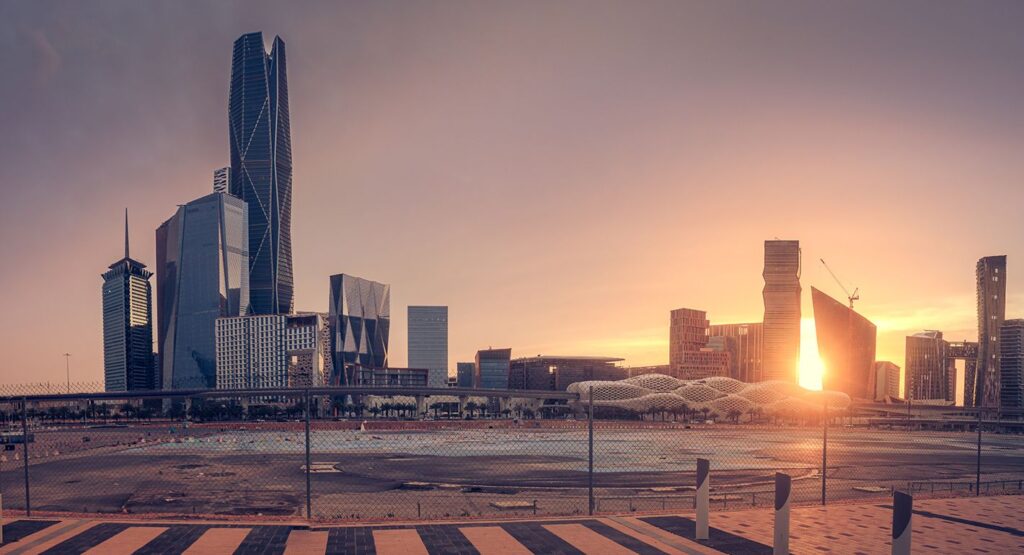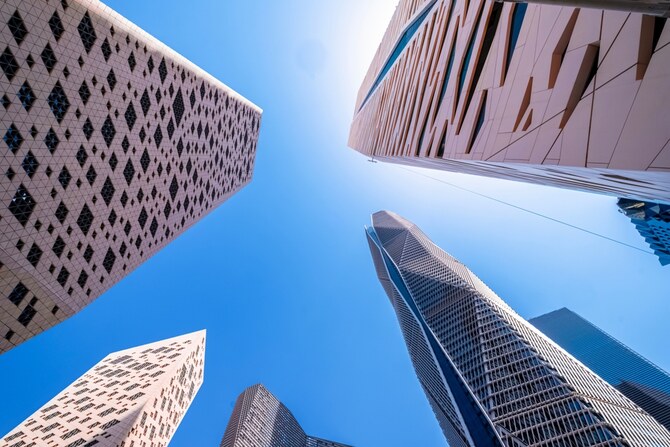Across the Gulf region, countries like Saudi Arabia, the UAE, Qatar, and others are working hard to shape a better future for their people. Their goal? Vision 2030 – a long-term plan to build strong, diverse economies that don’t rely only on oil. This big idea is not just about money, but about improving the quality of life, creating more jobs, protecting the environment, and making the region a global leader in business and innovation.
But turning this bold dream into reality is not easy. The journey has already seen big wins, tough challenges, and lessons along the way.
Why Vision 2030 Was Created
For many years, most Gulf countries earned money mainly from oil. But leaders across the region realized that this model wouldn’t last forever. Oil prices go up and down, and one day, oil may run out. So, they needed to plan ahead.
Vision 2030 was created as a roadmap to reduce dependence on oil and to build modern, sustainable societies. It focuses on improving education, healthcare, tourism, technology, and green energy. It also encourages private businesses and foreign investors to be part of the change.
Saudi Arabia: Leading the Way
Saudi Arabia is at the heart of the Vision 2030 movement. Crown Prince Mohammed bin Salman announced the plan in 2016, promising a “vibrant society, a thriving economy, and an ambitious nation.”

Since then, the kingdom has made huge steps. Entertainment and tourism have seen major growth. Mega-projects like NEOM – a futuristic city in the desert – and the Red Sea Project are underway. Women are now more involved in the workforce and can take on roles that were once not possible. The country has also hosted global events like concerts, sports tournaments, and business summits.
Still, challenges remain. Some people worry about the speed of change and how it affects traditional values. There are also concerns about human rights and freedom of expression. Economic shifts have caused job concerns for locals, especially in public sector roles that are being reduced to promote private sector growth.
The UAE: A Model for Innovation
The United Arab Emirates, especially Dubai and Abu Dhabi, has already made strong progress in its vision. Long before Vision 2030, the UAE was working on its own plans to diversify its economy.
Today, it is seen as one of the most innovative and business-friendly places in the world. The country has focused on renewable energy, smart cities, space exploration, and high-tech industries. It has also become a major hub for travel, tourism, and trade.
But the UAE is not resting. Its Vision 2031 and other related strategies build on this momentum. The goal is to become a world leader in sustainability, education, and digital transformation.
Still, some issues remain. Rising living costs, the need for stronger Emirati employment in private companies, and long-term sustainability are areas being carefully watched.
Qatar, Bahrain, and Oman: Moving at Their Own Pace
While Saudi Arabia and the UAE often get the spotlight, other Gulf countries also have their own visions.
Qatar has focused heavily on education, sports, and culture. Hosting the 2022 FIFA World Cup was a major achievement that showed what the country could do. Its National Vision 2030 highlights social development, environment, and economic diversity.
Bahrain, though smaller, is investing in fintech and digital transformation. It’s trying to become a leader in financial innovation while also improving public services and youth employment.
Oman’s Vision 2040 also aligns with the region’s goals, focusing on tourism, logistics, and clean energy. Oman faces some economic pressures due to lower oil income, but its commitment to gradual change is strong.
Shared Challenges in the Gulf
Though each country has its own goals, the Gulf nations share many of the same challenges:
- Youth Employment: With a large young population, creating enough quality jobs is a top concern. Many young people want government jobs, but Vision 2030 plans aim to shift them toward the private sector.
- Education Gaps: Countries are working to improve education systems to match job market needs. More investment in technology and innovation is needed to prepare students for the future.
- Environmental Pressures: Climate change, water scarcity, and energy use are growing concerns. While there are moves toward solar power and green cities, the region must do more to protect its natural resources.
- Cultural Balance: Rapid modernization can sometimes clash with traditional values. Governments are trying to balance progress with cultural heritage, which is not always easy.
- Foreign Investment: Attracting international investors is a key goal, but it requires building trust, transparency, and long-term stability.
Signs of Hope and Progress

Despite these issues, the Gulf is showing the world what bold vision and determination can achieve. In less than a decade, huge changes have taken place – from welcoming tourists in Saudi Arabia to launching space missions in the UAE.
There’s a growing focus on technology and sustainability, and more women are joining the workforce. Mega-projects are creating excitement and jobs, while digital services are improving people’s daily lives.
Gulf leaders are also encouraging open conversations about the future. Youth councils, public forums, and innovation hubs are helping to include more voices in decision-making.
What Comes Next?
The clock is ticking toward 2030, and Gulf countries still have a long road ahead. Success will depend on staying flexible, listening to citizens, and adjusting plans as needed.
Governments must make sure that all parts of society benefit from the progress. That means supporting small businesses, training workers, protecting the environment, and keeping people informed and involved.
Vision 2030 is more than just a set of targets. It’s a promise to future generations – a promise of a better, smarter, and more balanced life in the Gulf.
And while the journey may be challenging, one thing is clear: the region is not standing still. It is moving forward with purpose, passion, and the power to transform.



